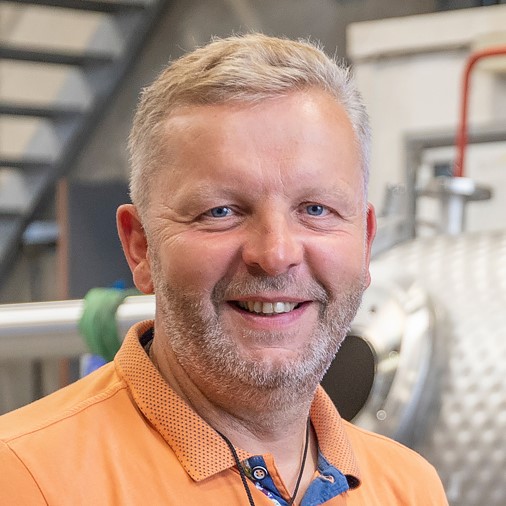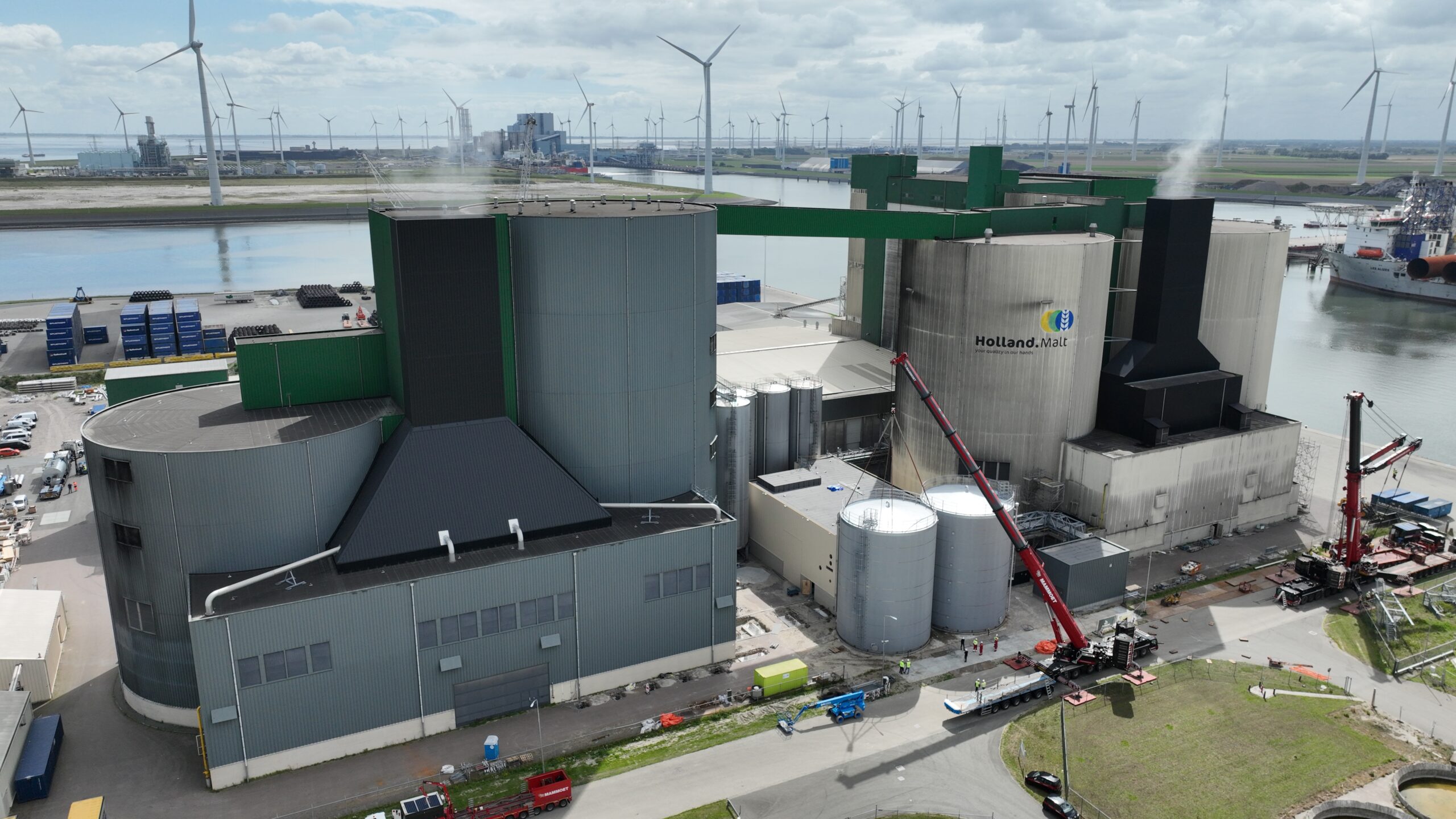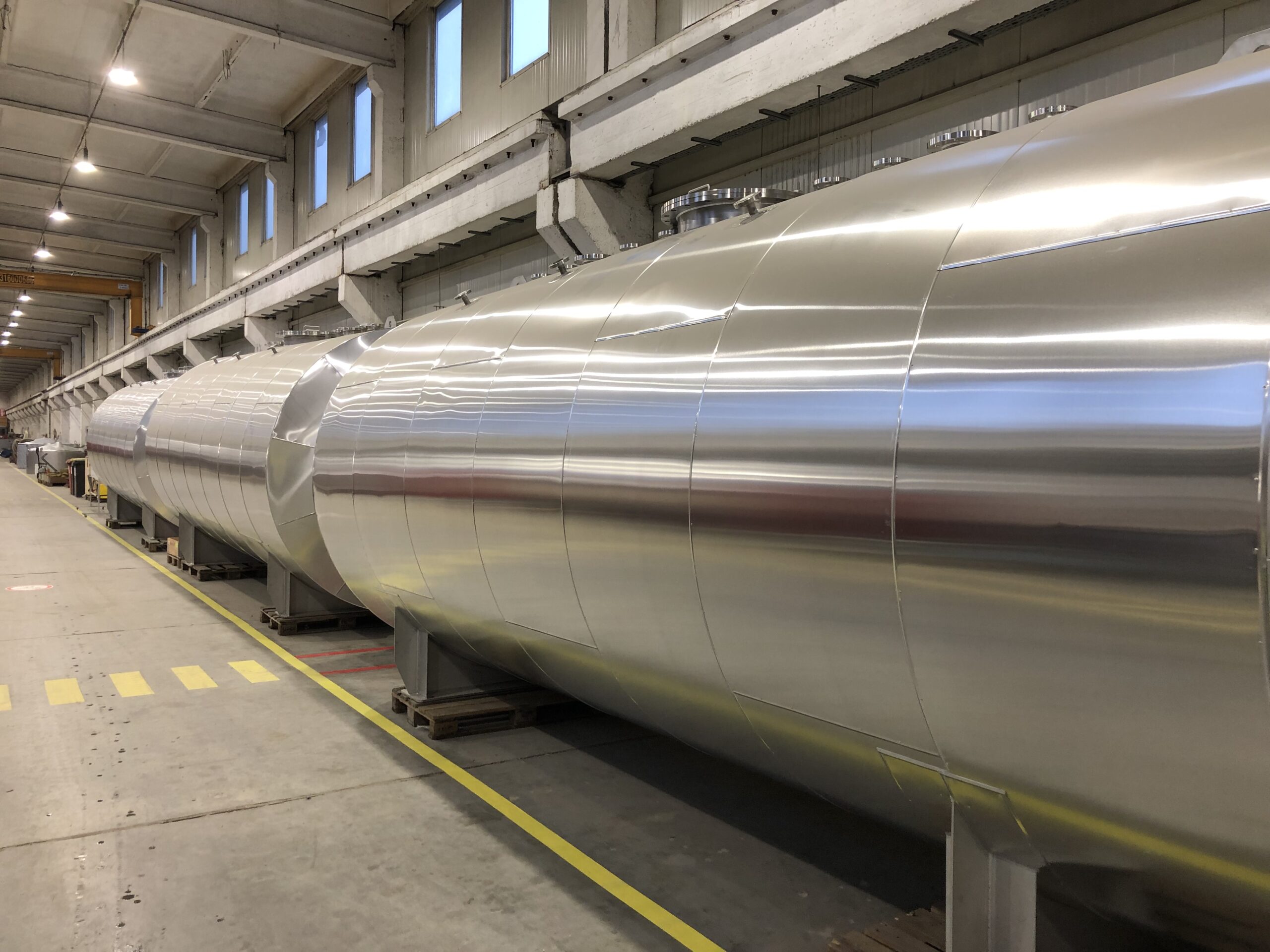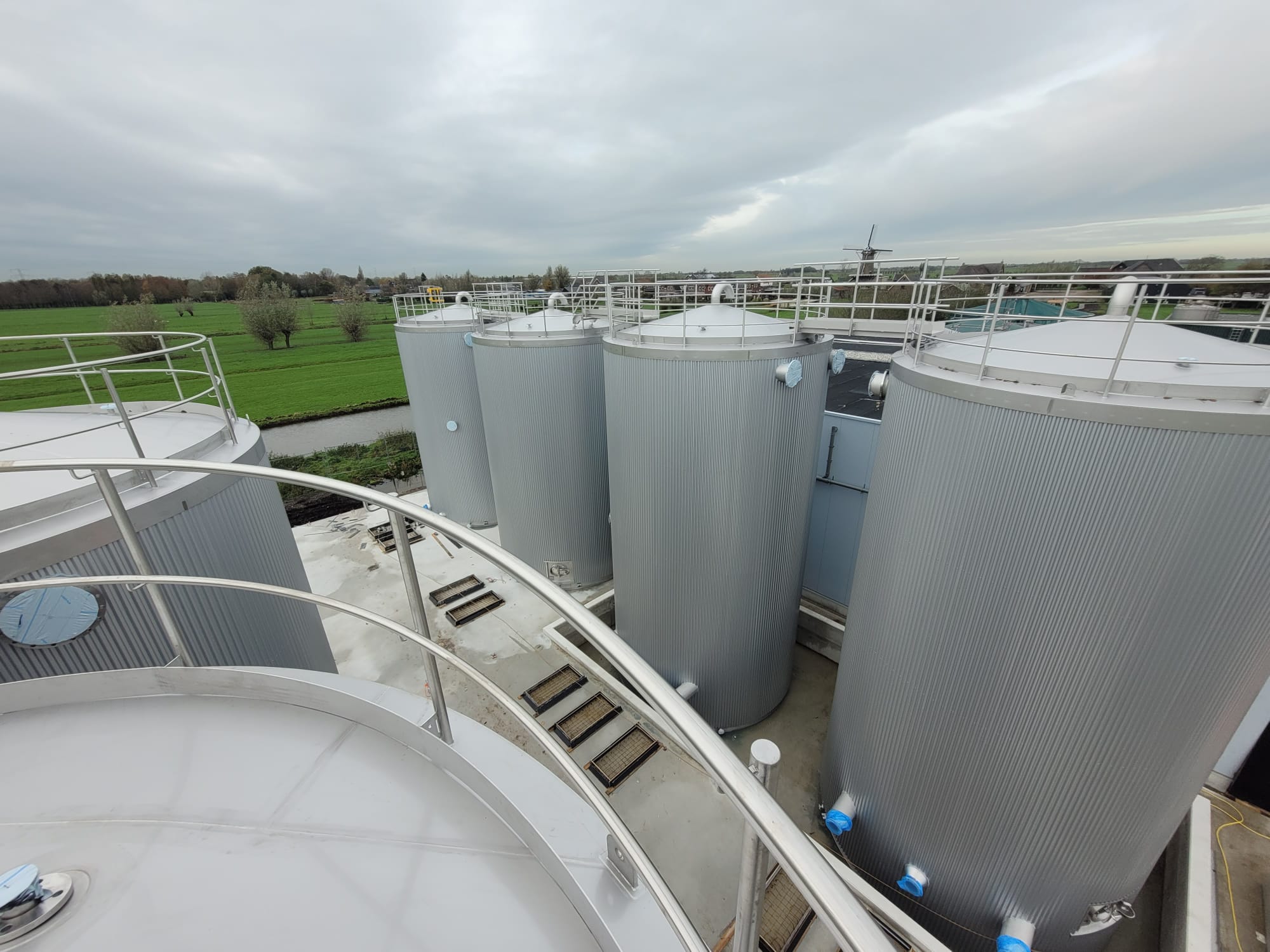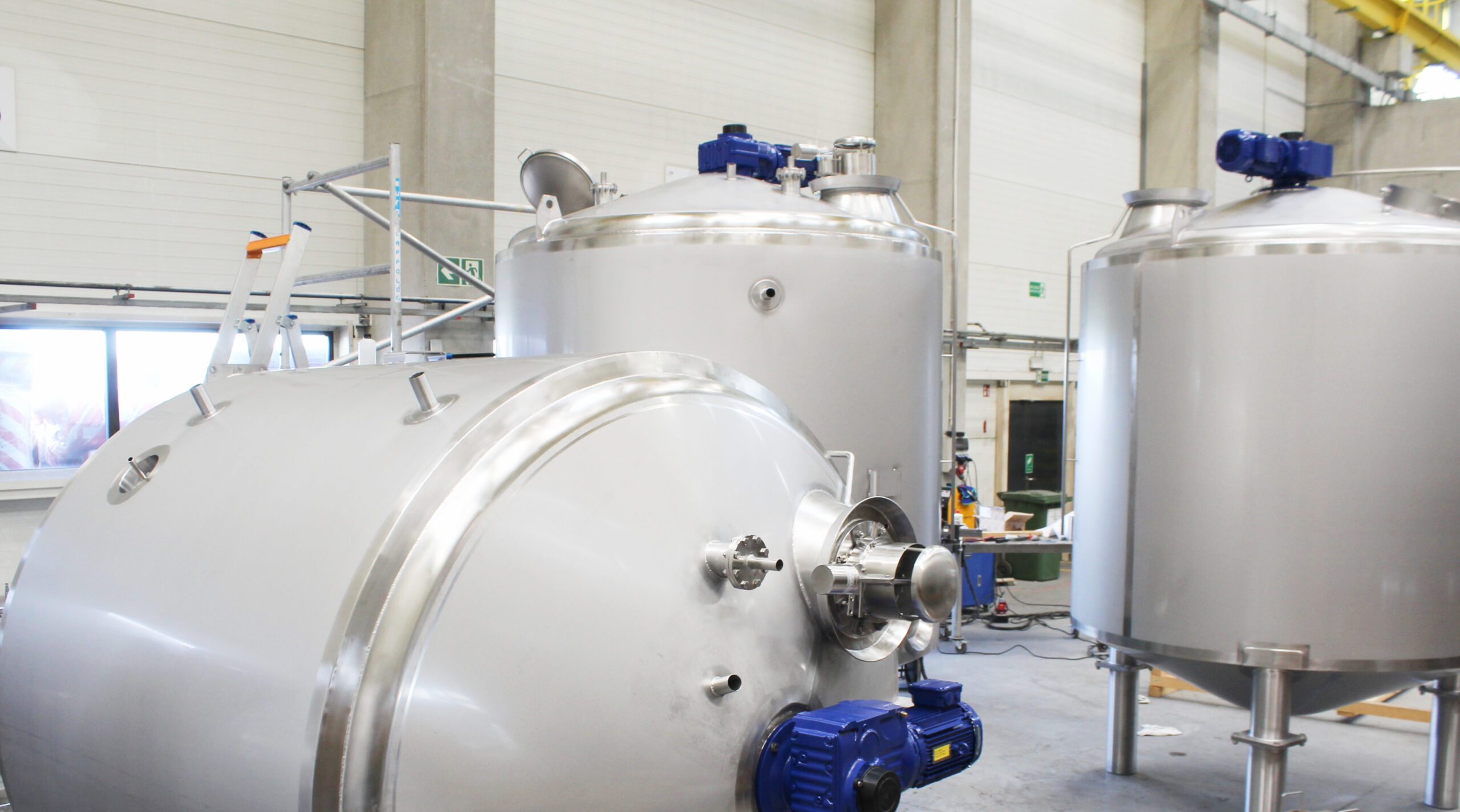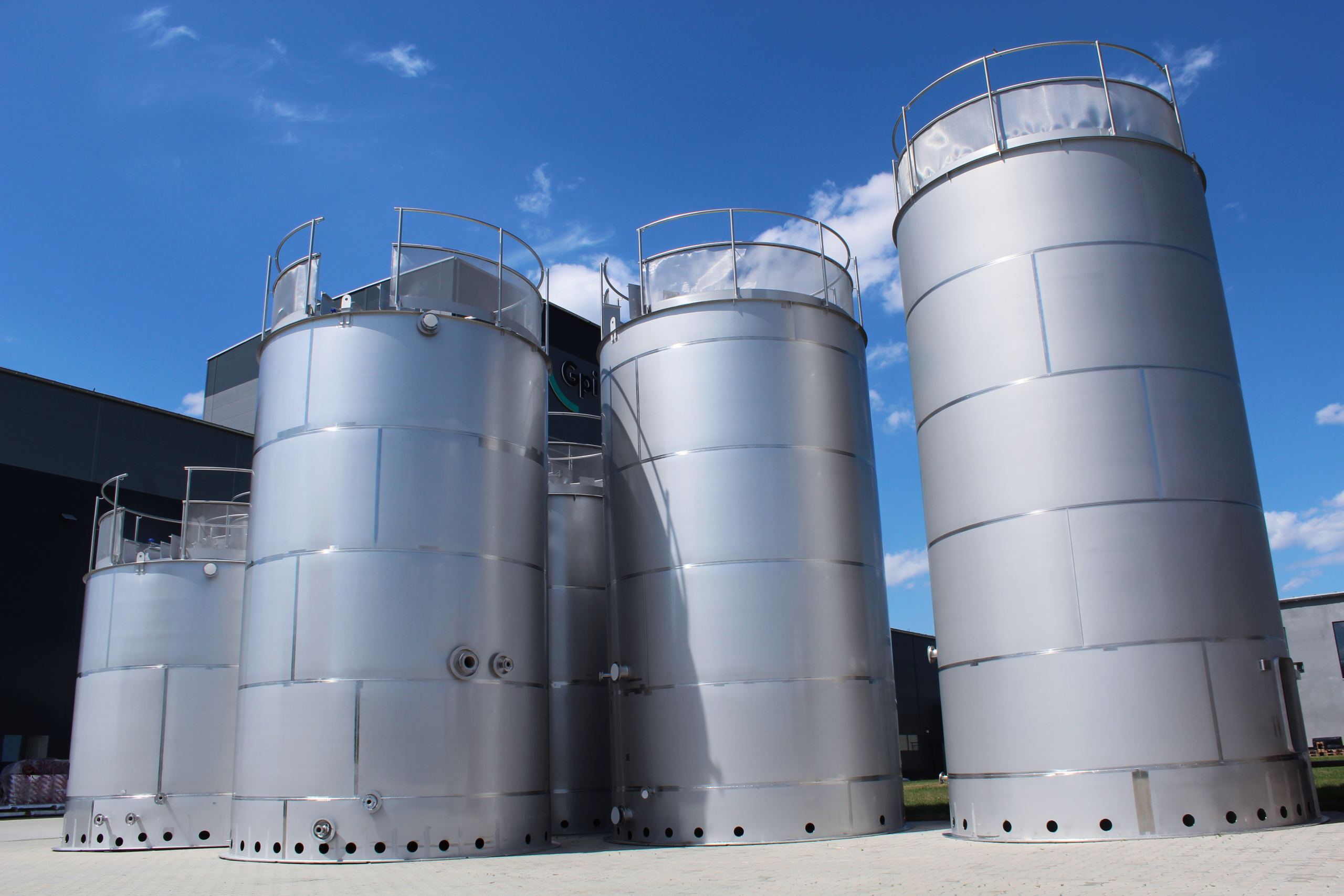Use of duplex in tank construction
Over the last few years, duplex has been gaining in popularity and is now being used more widely for tank construction. What kinds of industry can benefit from this material and will duplex ever replace other stainless steels in the future? Engineers at Gpi have been taking a closer look at this material.
There are numerous grades of duplex steel available. The most common grades are lean duplex, super duplex and hyper duplex. They each have their own specific properties which are suited in turn to specific industries and applications.
Duplex requires specific welding methods and procedures. The working temperature of the material is a maximum of 250 to 300°C. It becomes brittle at high temperatures and loses some of its corrosion-resistance, precisely its biggest advantage.
One additional benefit of duplex tanks is that a thinner coating can be used compared to 304(L) or 316(L) stainless steel grades. For customers this means: shorter construction times and lower purchasing costs, whilst retaining durability (lifespans are estimated to be twice as long as with other grades).
Examples of duplex applications at Gpi
Kelstream
Our own Kelstream scraped surface heat exchanger is manufactured from duplex. The Kelstream is used for the inline cooling or heating of high-viscous products, in particular, in the food-processing industry.
Process tanks
In addition, process tanks, for pasteurisation and mixing, are being more frequently made in duplex 1.4462 steel. One of our partners, Selo – which designs food-processing lines – has plumped for duplex because of the material’s durability.
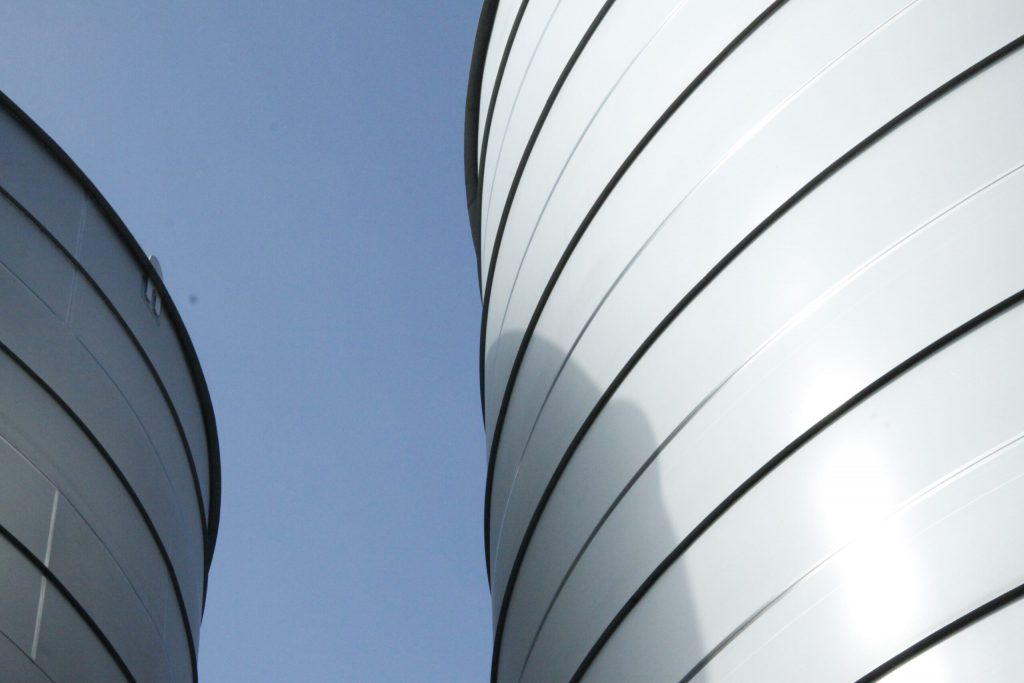
Demi-water tank for USG
Gpi engineers designed a tank combining 304 stainless steel and duplex LDX2101 in order to build a demi-water tank with a capacity of more than 7,300 m3. The client, USG, wanted the buffer tank to be able to supply demi-water to various locations on the Chemelot chemical plant over a period of several years.
Our experts explain
Duplex is often considered to be the perfect solution when other materials are unable to meet the requirements. Is this correct? We asked our experts to tell us more about the possibilities and limitations of the material.
Krzysztof Kozan explains the circumstances in which he would recommend duplex to clients: “Because of its high corrosion-resistant qualities, I would advise using duplex steel in aggressive environments where a long lifespan is required. I would not recommend using this steel in applications with low temperatures where impact resistance is significantly reduced.”

“Due to the increased mechanical properties (high tensile strength), it’s worthwhile considering the use of duplex in the design of heavy-duty applications.”
The material of the future
Krzysztof Kozan and Wiktor Czerep agree that duplex is the material of the future. It is not so well-known as the (austenitic) stainless steel 304(L) and 316(L) grades and a large number of customers are only just discovering its benefits.
Wiktor Czerep believes it is only a question of time before duplex becomes popular.

“Welding techniques must be adapted, panel thicknesses and finishes must be properly evaluated and not every tank manufacturer is ready to do this.”
Krzysztof Kozan has 10 years’ experience as an engineer. He reports that duplex steel is getting wider recognition amongst clients year-on-year, but its is not the only solution. “In light-duty or cryogenic applications, the use of duplex steel grades in uneconomical. In the food-processing and pharmaceutical industries, additional processing of steel is not necessary (because of the standard 1E finish). The solution we suggest might be lean duplex, which is cheaper and has a better tensile strength and corrosion resistance. This makes the material an extremely attractive alternative, especially for the (petro-)chemical and shipbuilding industries.”
Read more about our tanks for the chemical industry.
